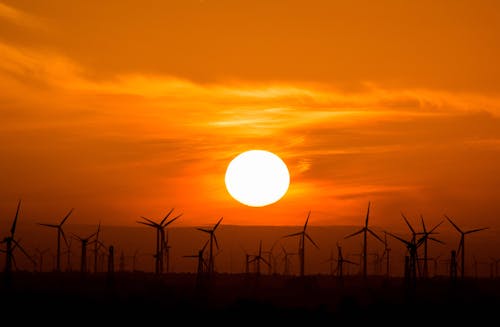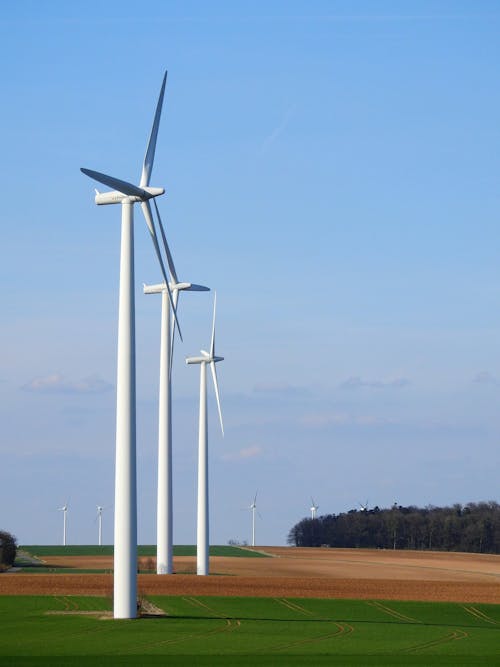
RENEWABLE ENERGY
Friday, December 6, 2019
Renewable Energy Source
Every day we rely on energy to provide us with electricity, hot water, and fuel for our cars. Most of this energy comes from fossil fuels, such as coal, oil, and natural gas. These are nonrenewable energy sources, which means that if we use them all up, we can never get more during our lifetime. Fossil fuels also contribute greatly to global climate change by releasing carbon dioxide into the air when they are burned.


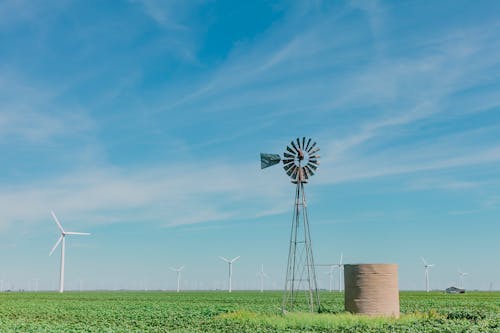

Because fossil fuels can run out and are bad for the environment, it is important that we start switching to other energy sources, like renewable energy sources. These are energy sources that are constantly being replenished, such as sunlight, wind, and water. This means that we can use them as much as we want, and we do not have to worry about them running out. Additionally, renewable energy sources are usually much more environmentally friendly than fossil fuels. Overall, they release very few chemicals, like carbon dioxide, that can harm the environment.
Currently, less than ten percent of all the energy we use comes from renewable sources. So, you might be wondering, 'if renewable energy sources do not harm the environment and will not run out, then why are we not using them everywhere and all the time?' It is because many of them are currently expensive to harness, are inefficient, or have other disadvantages. For example, using energy from the wind might be great in an area that is really windy all year-round, but it wouldn't work so well in an area with very little wind.

Types of Renewable Energy
Let's look a little closer at five examples of renewable energy sources, including the pros and cons of each.
Solar energy, or energy from the sun, is harnessed using solar collectors. This collected energy can then be used to provide heat, light, or other forms of electricity.
- Pros: Sunlight is free and readily available almost everywhere. Using it does not create any wastes or pollutants.
- Cons: The technology needed to collect and use solar energy can be expensive. Sunlight can only be collected during the day when it is sunny.
Wind energy is just what it sounds like: energy that we get from the wind. Windmills have been used for hundreds of years to pump water from the ground. Today, we use large, tall wind turbines that use the wind to generate electricity. Many wind turbines are often placed together in wind farms in flat areas with strong winds.
- Pros: Does not produce any waste or pollutants. It takes up little ground space
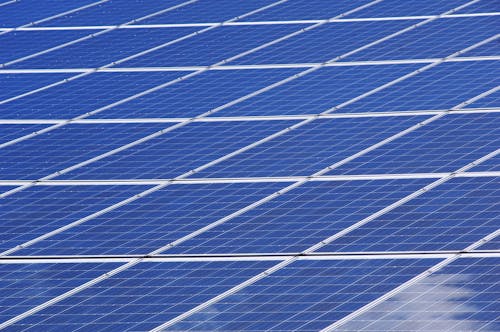
Most renewable energy is derived directly or indirectly from the sun. Sunlight can be captured directly using solar technologies. The sun's heat drives winds, whose energy is captured with turbines. Plants also rely on the sun to grow and their stored energy can be utilized for bioenergy.
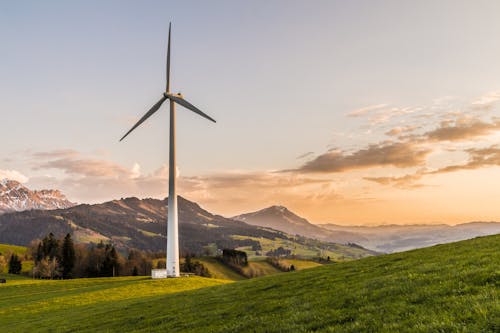
Not all renewable energy sources rely on the sun. For example, geothermal energy utilizes the Earth’s internal heat, tidal energy relies on the gravitational pull of the moon, and hydropower relies on the flow of water.
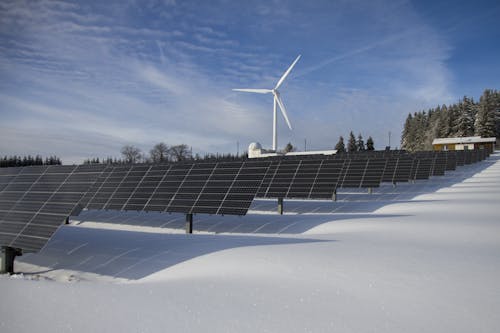
Context
Renewable energy accounts for 13.5% of the world’s total energy supply, and 22% of the world's electricity .
Renewable energy systems are a major topic when discussing the globe's energy future for two main reasons:
- Renewable energy systems provide energy from sources that will never deplete.
- Renewable energy systems produce less greenhouse gas emissions than fossil fuel energy systems.
While renewable energy systems are better for the environment and produce less emissions than conventional energy sources, many of these sources still face difficulties in being deployed at a large scale including, but not limited to, technological barriers, high start-up capital costs, and intermittency challenges.
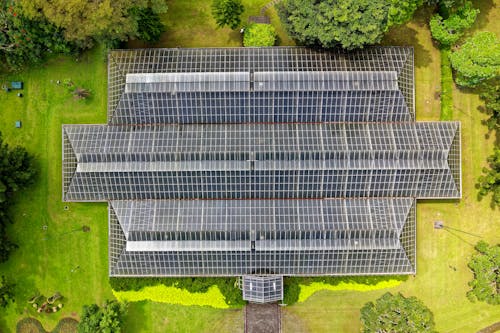
It is important to note that the terms ‘renewable energy’, ‘green energy’ and ‘clean energy’ are not interchangeable in all cases; for example, a ‘clean’ coal plant is simply a coal plant with emissions reduction technology. The coal plant itself is still not a ‘renewable energy’ source. ‘Green energy’ is a subset of renewable energy, which boasts low or zero emissions and low environmental impacts to systems such as land and water.
